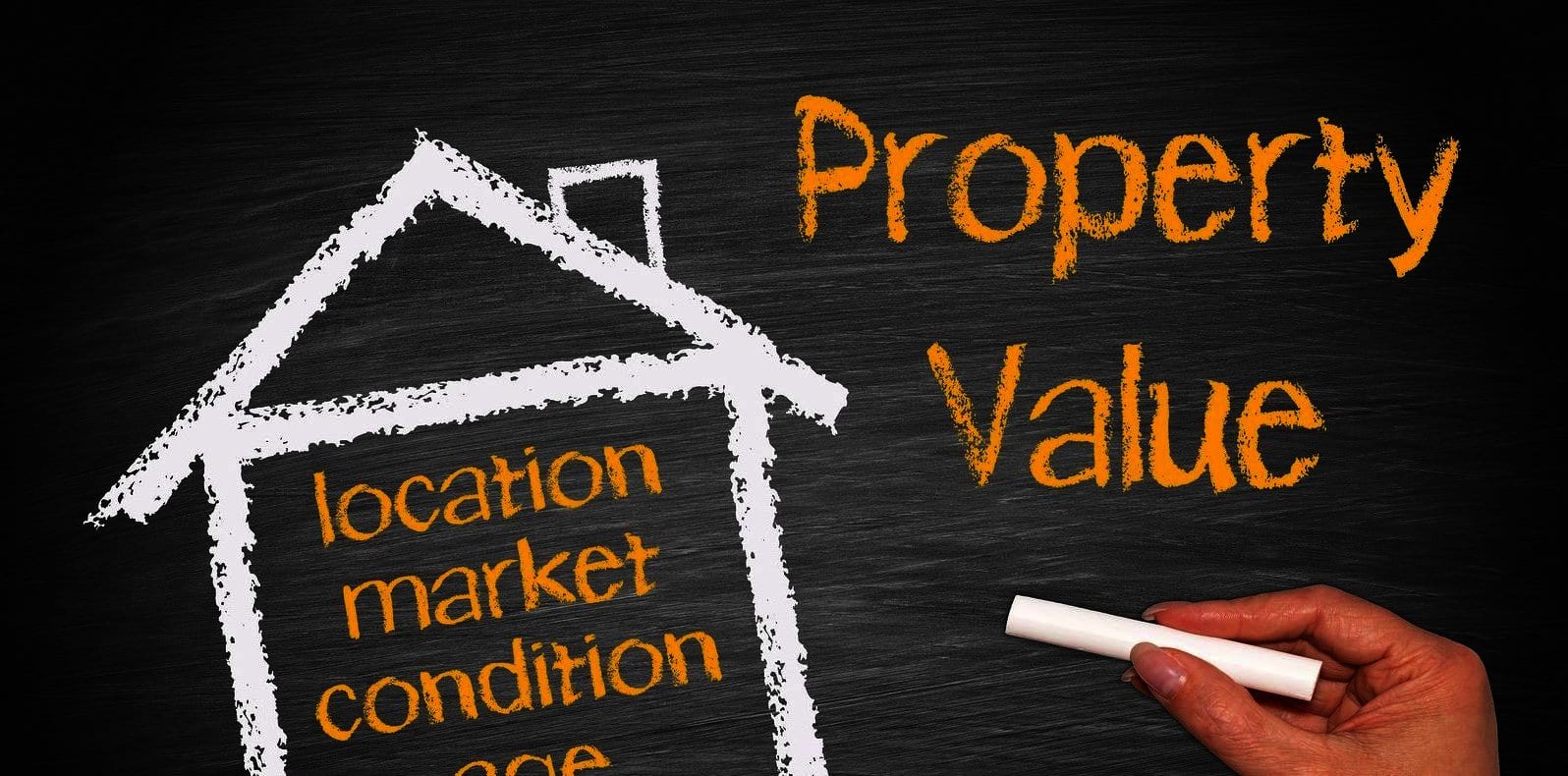How do you determine the investment value of a property? Well, it’s an art. It’s not like valuing a house in Property Management Cape Coral FL which you are going to live. That would be the homeowner value. When estimating a property’s investment value, there are a variety of real estate valuation methods you can use. In this article, we’ll walk through several techniques and discuss the advantages and disadvantages of each.
Keep in mind that there is no right or wrong valuation method. Successful real estate professionals should understand each system, so they’re able to communicate with many different buyers and many different sellers in many different situations.
A real estate investment property is like a money machine. It has three main parts: income, expenses, and financing. The value of that money machine is determined by how these three parts interact. So, doesn’t it seem logical that the most effective method of valuing a rental property would take into consideration all three parts? With that in mind, let’s look at five valuation methods used in the marketplace and discuss the pros and cons of each.
Price per square foot
The first valuation method is “price per square foot.” The formula for price per square foot is the cost of the property divided by the number of square feet. For example, let’s say a $390,000 6-unit apartment building has 3,000 square feet. $390,000 divided by 3,000 equals $130.00 per square foot.
Price per unit
The formula for the “price per unit” is the cost of the property divided by the number of units (typically apartment units). In our example, it would be $390,000 cost divided by 6 units, which equals $65,000 per unit.
Gross multiplier
The third method is called “gross multiplier.” The formula is the cost of the property divided by the gross operating income. Let’s say the gross operating income for our 6-unit example is $56,715. Our gross multiplier formula is $390,000 cost divided by $56,715 gross operating income. The result is 6.88.
Capitalization rate
“Capitalization rate” (or “cap rate”) is one of those things you hear all the time in the marketplace. It is expressed as a percentage. The formula for capitalization rate is the net operating income divided by the cost. The 6-unit’s net operating income is $30,065. $30,065 divided by the $390,000 equals 7.7%. That’s a 7.7% cap rate. But what does that mean?
One way of looking at cap rate is that this property is producing 7.7% of its cost in net operating income. Therefore, cap rates can be advantageous when comparing two or more properties. Once you know the cap rate of each property, you can judge which one is producing the highest percentage of net operating income.
